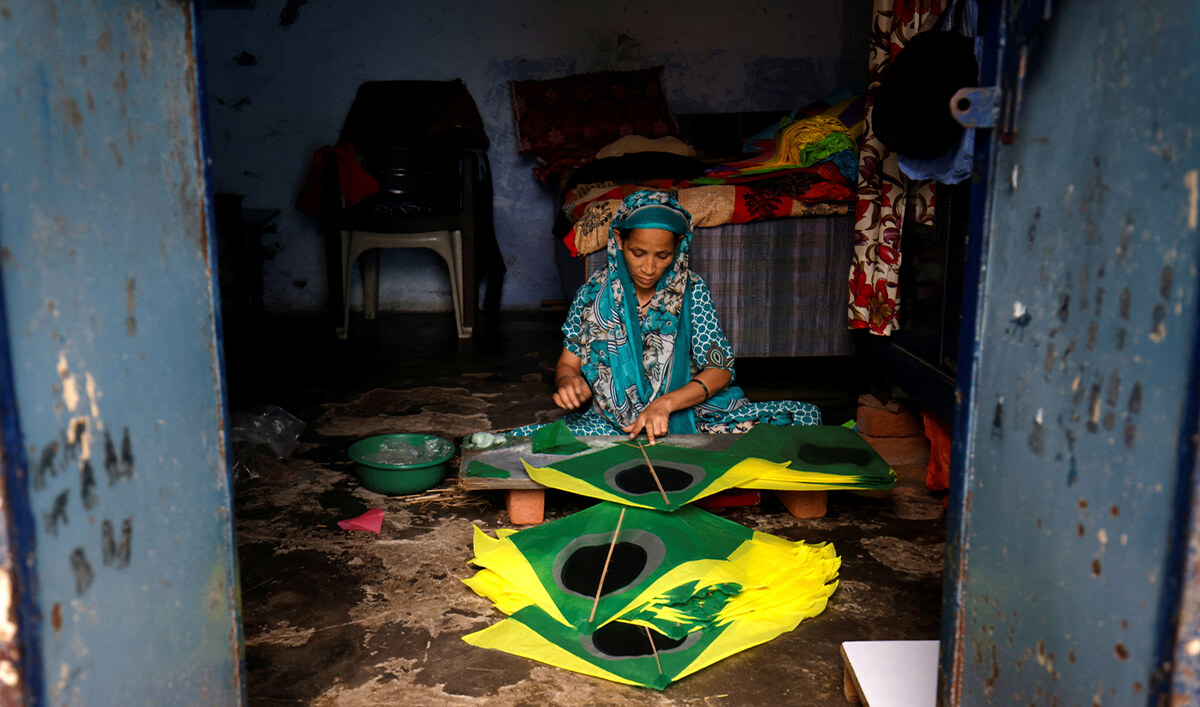YANGON: An alliance of Myanmar ethnic armed groups have accused the junta of repeatedly violating a China-brokered ceasefire in the north of the country this month and causing civilian casualties.
Beijing brokered a truce between the junta and the so-called “Three Brotherhood Alliance” in January after months of fighting that displaced more than half a million people near China’s southern border.
The ceasefire allowed the alliance — made up of the Ta’ang National Liberation Army (TNLA), the Myanmar National Democratic Alliance Army (MNDAA), and the Arakan Army (AA) to hold swathes of territory it had seized in northern Shan state.
Junta troops on Wednesday launched an air strike on territory the TNLA holds near the ruby and gem-mining hub of Mogok, the group said.
“In this incident, one civilian was killed and 3 wounded including a 10-year-old child,” the TNLA said in a statement posted to the alliance’s Telegram channel on Wednesday.
On Tuesday junta troops had launched a drone attack that had killed one TNLA member and seriously wounded four others, the TNLA added.
It said the attacks were the latest violation this month by the junta, which it said had shelled TNLA positions and cut roads and restricted the flow of goods to TNLA-controlled towns.
AFP was unable to reach a junta spokesman for comment.
In October last year, the alliance launched a surprise offensive across northern Myanmar, seizing several towns and lucrative border hubs that are vital for trade with China, dealing a blow to the cash-strapped and isolated junta.
Border trade with China during April-May was down by almost a third compared to the same period last year, junta-controlled media reported last week.
Last month China hosted follow-up peace talks between the military and the alliance in the city of Kunming.
A source close to the MNDAA told AFP that no substantial progress had been made, and the two sides would meet again in the future.
Myanmar’s borderlands are home to a plethora of ethnic armed groups, many of whom have battled the military since independence from Britain in 1948 over autonomy and control of lucrative resources.
While fighting in Shan state has calmed, the AA has launched its own offensive in western Rakhine state, where it says it is fighting for more autonomy for the ethnic Rakhine population.
Its fighters have seized territory along the border with India and Bangladesh, piling further pressure on the junta as it battles opponents elsewhere across the Southeast Asian country.
Myanmar armed groups accuse junta of breaking China-brokered ceasefire
https://arab.news/b9yjy
Myanmar armed groups accuse junta of breaking China-brokered ceasefire


























